timor
Been spending a lot of time on here!
- Joined
- Feb 28, 2011
- Messages
- 5,905
- Reaction score
- 890
- Location
- Toronto ON
- Can others edit my Photos
- Photos NOT OK to edit
Yes, Sekonic is making a special kit for its spotmeters to pin point real ISO setting for any particular digital camera as this may vary from sensor to a sensor.Even then, there are variances between "iso-settings" from one digital camera to the next.


![[No title]](/data/xfmg/thumbnail/31/31044-cebde226a125a2fa016319847d0b37ed.jpg?1619734585)
![[No title]](/data/xfmg/thumbnail/33/33340-27d18dd642b5257e4b9a04a4c1feffd1.jpg?1619735910)
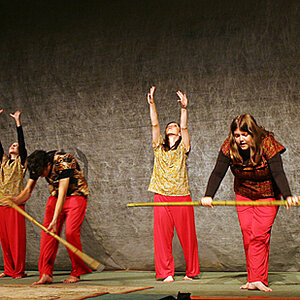
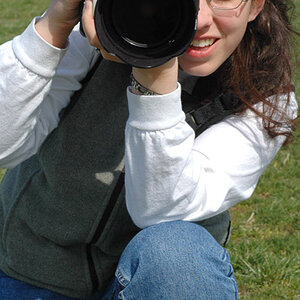
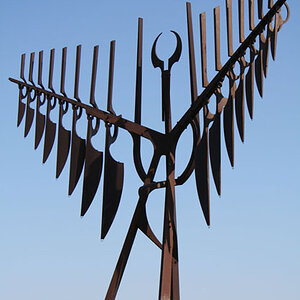
![[No title]](/data/xfmg/thumbnail/31/31045-f4eb92f5d5eaca89ec5966763eea2dae.jpg?1619734585)
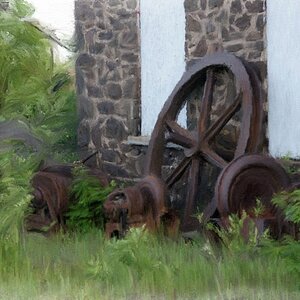
![[No title]](/data/xfmg/thumbnail/33/33342-79274d7e5cdf3e52939255e1cd89f2d0.jpg?1619735911)
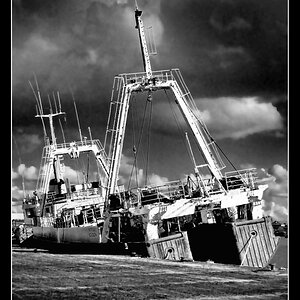
![[No title]](/data/xfmg/thumbnail/31/31741-ad9747739b48f0eb100f953fdf764930.jpg?1619734985)
![[No title]](/data/xfmg/thumbnail/31/31740-83040d547efdbb1f87736f24d2e9985c.jpg?1619734985)
